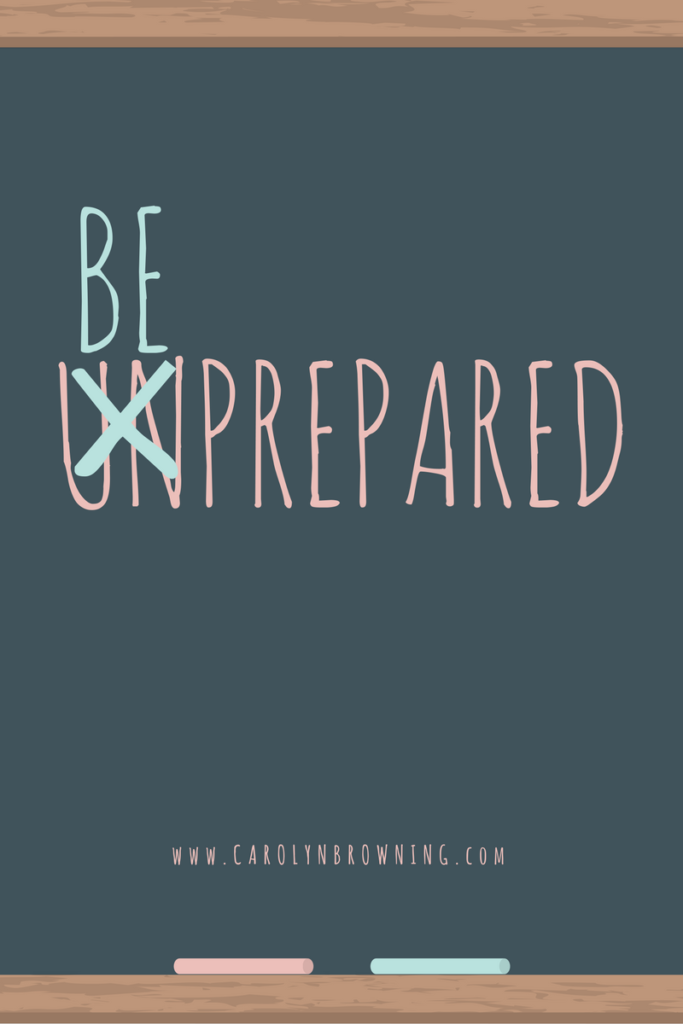-
Be Prepared – not just a slogan for Boy Scouts
 [This is the first of a three part series]
[This is the first of a three part series]When asked about required traits for meeting planning – being organized, flexible and prepared for anything always seem to come to the top of my mind. Over the past few months I’ve been part of or have heard about situations where the ‘be prepared’ aspect definitely shown through and I decided it might make for some good blog posts. I hope you agree!
Oh No, the A/V Isn’t Working
Recently I attended college orientation with my daughter. One session was held in a new building with “state of the art” A/V. The room was an amphitheater with a huge screen – parents were ready for the presentation, however we could tell something wasn’t right. Two people were at the lectern – checking cables, pushing buttons to no avail. There were still a few minutes to go before the session was to start and they kept trying and sent someone for assistance.
Quick Acknowledgement – Then Move On
The person in charge asked for our patience for a few more minutes to get the equipment working. The tech came and it became apparent that it could take more than just a few minutes, so they decided to start without visuals. The first group got up and began their talk and I don’t think anyone in the audience missed the visuals – because the team knew their material, were able to answer questions and planned accordingly to have the visuals be support material and not the core of their presentation. After the first group was finished, the A/V was forgotten and everyone else proceeded without it.
As an audience member (OK, and a meeting planner & speaker), I appreciated that the presenters tried to fix the A/V, but were also prepared to go ‘acapella’. They realized that to keep on schedule, they needed to keep moving. Would the visuals have added to the presentations? Probably – but the team leader had coached their presenters and knew the session could be successful without them. I think the session was just as effective – and actually became more of a dialogue.
What Else Could Be Done?
I was wearing many hats while sitting in this audience. With my planner hat on, I was impressed with how quickly they assessed the situation and adapted to keep on schedule. With my speaker hat on, I was glad to see that most of the presentations flowed naturally without notes or the need for the visuals. I do think there should have been a handout provided that we could have referenced – however all the team leaders had business cards available at the end if we wanted copies of the visuals we missed or had additional questions.
Some speakers use A/V as a crutch – something they can read from or rely on. While many presentations are certainly enhanced with effective graphics, charts or other visuals- if the speaker has mastered their material, practiced it and can connect with the audience, going “old school” (remember the days before PowerPoint/Keynote/Prezi?) can be equally as effective. Yes, the A/V should be tested beforehand, but if it fails, the planner and speaker should be able to quickly move to Plan B. Being prepared means being able to roll with whatever comes your way.
Carolyn is a seasoned meeting planner & speaker. Recent college tours with her children have been learning experiences in more ways than one. Stay tuned for Part 2 of her “Be Prepared” series.







